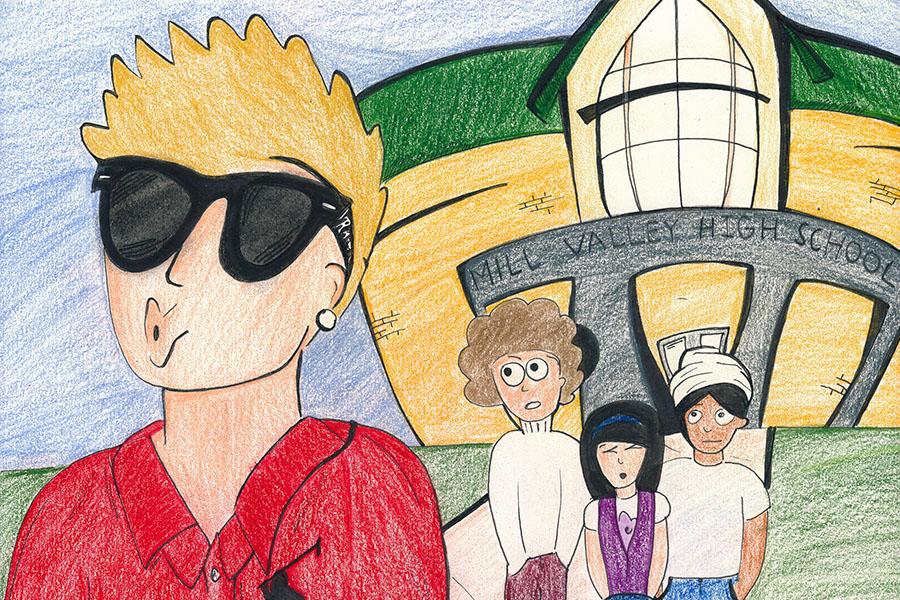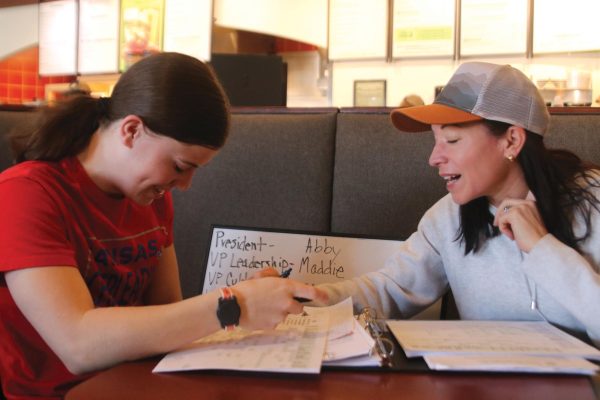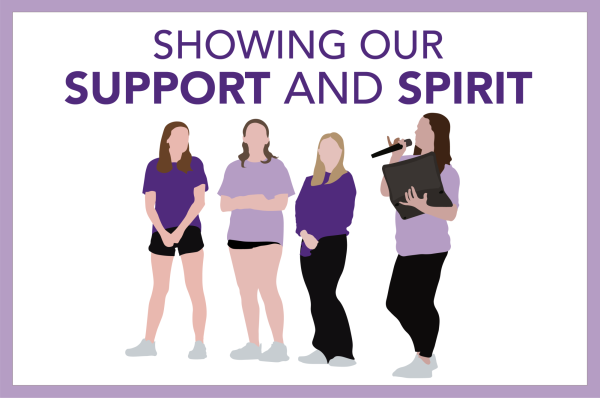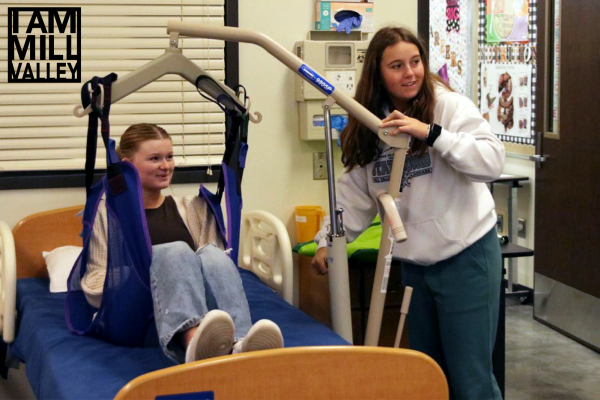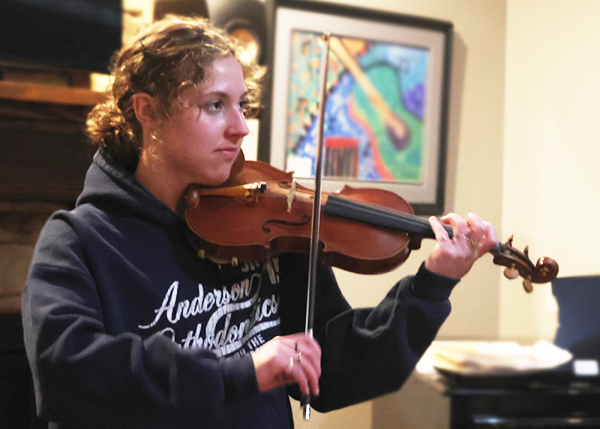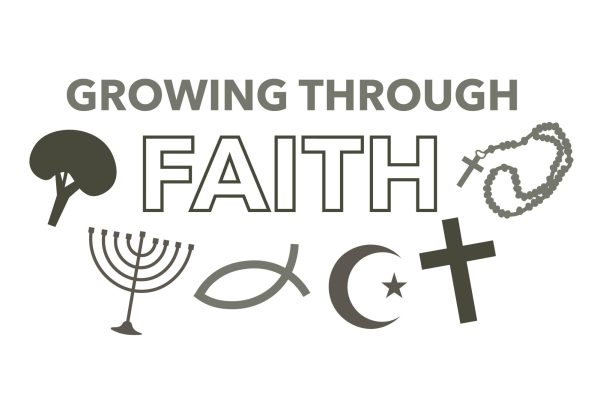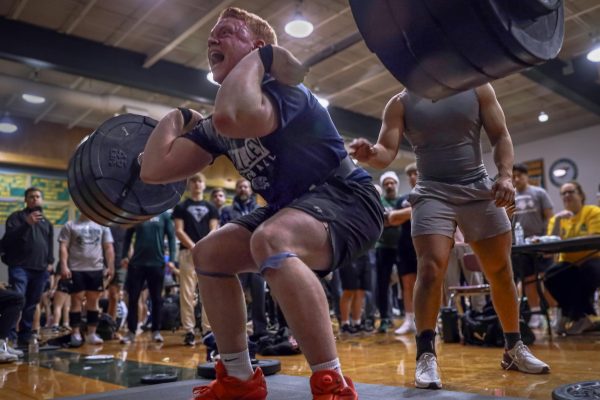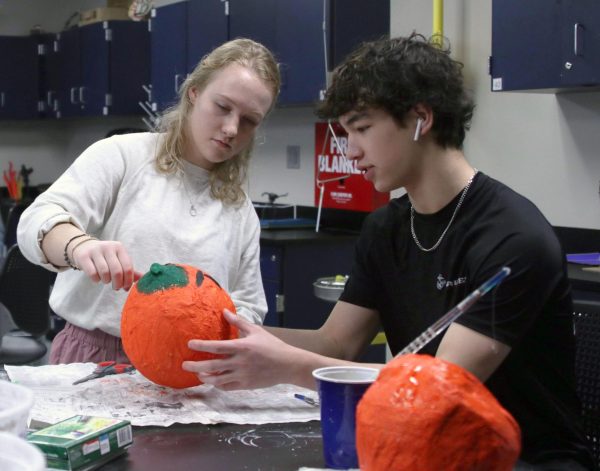Students of ethnic minorities deal with low ethnic diversity
With Caucasian students making up over 80 percent of Mill Valley, students of ethnic minorities have trouble finding others to relate to
While walking through the halls, sophomore Maricela Javier hears a taunting voice and stops. “Hey Mexican,” the voice says. Although the comment does not seem to carry much weight, it still hurts Javier, who is half Mexican and half Salvadorian.
“[When] people say racist things, it gets to me,” Javier said.
Under 20 percent of Mill Valley students were part of ethnic minorities during the 2012-2013 school year, according to the Kansas State Department of Education. Many of these students are in situations similar to Javier’s.
Some students, however, such as sophomore Roslyn Freeman, have been able to combat racism through involvement in organizations such as the National Association for the Advancement of Colored People. Freeman attends NAACP meetings on the first Saturday of every month at noon at the Shawnee Church of the Nazarene.
“The NAACP is an organization that deals with civil rights for everyone, not only different races but also gender and social background,” Freeman said. “There are some kids in the [NAACP] that I know, and it does help that I can talk with and relate to them.”
Sophomore Karla Kim, who is South Korean, does not see Shawnee as very ethnically diverse when compared to other areas.
“Overland Park and Kansas City have [more] races,” Kim said. “In Mill Valley, we don’t have many Koreans.”
After having experiences in more diverse areas, Javier agrees.
“I feel like it’s less diverse here,” Javier said. “I used to go to [elementary school in] Kansas City, Kan. and it was more diverse.”
Some Caucasian students, such as freshman Joel Soderling, provide a different opinion.
“I think we have a lot of different people that come to Mill Valley, whether they have a [Hispanic], African American or Asian background,” Soderling said.
Statistics show otherwise. According to the KSDE, for the 2012-2013 school year, about 82 percent of Mill Valley students were Caucasian and about 18 percent are ethnic minorities. In contrast, about 68 percent of students at Bonner Springs High School were Caucasian and about 32 percent were ethnic minorities.
The Harmony Club helps students cope with this low amount of ethnic minorities, but according to Freeman, the club has not been very active this year.
“I’m upset because this is my first year doing it and I didn’t really get to experience it,” Freeman said.
Kim, however, has been able to find more Koreans in the area without the help of school organizations, and this has made her feel more at ease as an ethnic minority.
“I met two freshman Koreans, and we formed our own sense of a Korean community,” Kim said. “It seems like over the years I’ve found more Koreans in Shawnee, and that’s comforting.”
Despite having acclimated herself to Mill Valley not being very diversified, Javier said it would be more beneficial for her if Mill Valley was more ethnically varied.
“I love this school, so I’ve gotten used to it,” Javier said. “At the same time, I wish there were more Hispanics who could relate to me.”
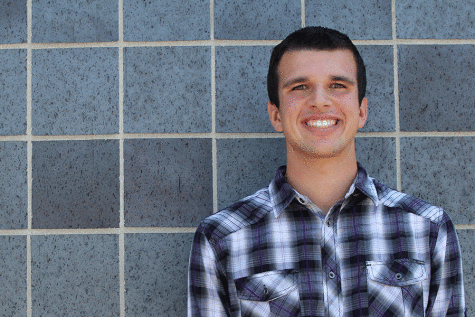
This is senior Justin Curto’s third year working on the JagWire and Mill Valley News, this year as one of the editors-in-chief of Mill Valley News. Outside of journalism, Curto is the president of Club 121 and co-vice president of NHS, and also plans to be in the spring play for the second year. Curto enjoys going to alternative rock concerts, spending time with friends, eating pizza, reading contemporary young adult fiction, watching coming-of-age...



